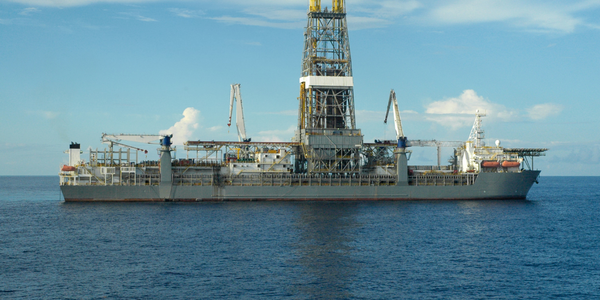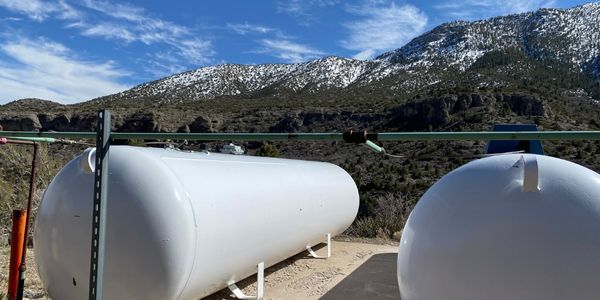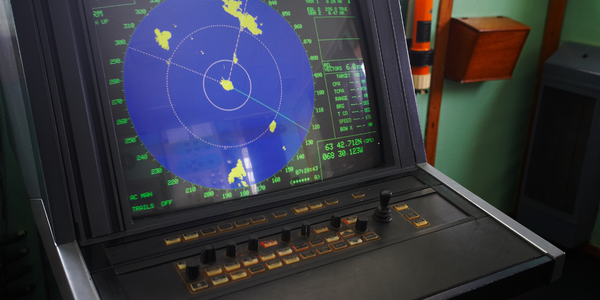Customer Company Size
Large Corporate
Country
- Worldwide
Product
- IBM Cognos Planning
- IBM Cognos TM1
Tech Stack
- Data Warehousing
- Business Intelligence
- Forecasting
Implementation Scale
- Enterprise-wide Deployment
Impact Metrics
- Productivity Improvements
- Cost Savings
Technology Category
- Analytics & Modeling - Predictive Analytics
- Analytics & Modeling - Real Time Analytics
Applicable Industries
- Marine & Shipping
Applicable Functions
- Logistics & Transportation
Use Cases
- Predictive Maintenance
- Supply Chain Visibility
Services
- Data Science Services
- System Integration
About The Customer
Wallenius Wilhelmsen Logistics (WWL) is a leading independent provider of global logistics solutions for the automotive, agricultural and construction equipment industries. With offices throughout the Americas, Asia, Europe and Oceania, WWL’s core business revolves around the ocean transportation of vehicles, equipment and break bulk cargo. The company has 3,500 employees and a fleet of more than 60 vessels that serve 18 different trade routes on a fixed schedule. It also operates 11 terminals, 50 processing centres, and an inland transportation network that helps to transport more than three million vehicles per year from factories to point of sale.
The Challenge
Transporting valuable cargos around the globe is a complex business: it can take weeks and cost millions of dollars to move a vessel across the world, so it is critical to ensure that available shipping capacity is utilised efficiently. To support effective operational planning, WWL needed an accurate long-term forecasting solution. The company has 3,500 employees and a fleet of more than 60 vessels that serve 18 different trade routes on a fixed schedule. It also operates 11 terminals, 50 processing centres, and an inland transportation network that helps to transport more than three million vehicles per year from factories to point of sale. The company needed to plan its routes meticulously to ensure that it was getting the best possible utilization out of its vessels and maintaining profitability on each voyage.
The Solution
WWL implemented IBM® Cognos® Planning, which captures data from the company’s data warehouse and integrates it with information gathered from local experts throughout the business to create six-week and six-month forecasts each month. The company subsequently expanded the solution with IBM Cognos TM1®, which enables the company to plan for different scenarios and extends the horizon with rolling 12-month and five-year forecasts. The addition of IBM Cognos TM1 brings two major advantages to WWL. First, it enables the company to analyse multiple scenarios very rapidly; second, it enables the creation of longer-range forecasts, extending the company’s horizon to one year or even five years in the future.
Operational Impact

Case Study missing?
Start adding your own!
Register with your work email and create a new case study profile for your business.
Related Case Studies.

Case Study
Drill ship power challenge: hybrid solution solves distribution issues
Aspin Kemp & Associates (AKA), a manufacturer of electrical power and control systems headquartered in Montague, PEI, encountered one with its hybrid power initiative, the first hybrid drill floor destined for installation on ultra-deepwater drill ships operated by Transocean, Swiss offshore drilling contractors. Since on-site modification was impossible and scrap recycling of any modifications was unacceptable, the enclosures had to arrive ready-to-install.

Case Study
Ensures Tanker Safety and Emissions Compliance
Storage tanks are irregular in shape and a certain amount of mathematical modelling is required to get an accurate representation of volume and, more importantly, the weight of material in each tank. In addition, countries have different emission regulations, so the ships position needed to be accurately known in order to geotag emission data.

Case Study
Real-time Networked Sonar System for Ships
A multinational, knowledge-based corporation that delivers marine electronics solutions is utilizing industrial Ethernet technology to help ensure that operations at sea are dependable and optimal. Based in Europe, the company has nearly 4000 employees working in 20 countries around the world, and produces high-tech systems for offshore oil and gas operations, merchant marine systems, and various applications for the defense and aerospace industries. The company produces products and systems used by merchant vessels and offshore installations for positioning, navigation, automation, as well as for surveying and monitoring the seabed, and for fishing vessels and fi sheries research. As one of the major suppliers of high quality marine electronics in the world, their products include chart plotters for yachts, triple redundant dynamic positioning systems for oil drilling rigs, and sonar and instrument systems for scientifi c research vessels. Products used for marine applications must be rugged enough to endure the corrosive effects of salt water, and be able to withstand excessive amounts of vibration and shock. For this reason, the company only uses DNV and GL certified products and components to ensure that their systems can meet the high standards required by the maritime industry.

Case Study
Fleet Management Connectivity Solution for Marzam
Marzam, in order to ensure the best service, invested 3 million dollars in the construction of 2 fuel oil tanks with 40k gallons and 10k gallons capacity each, located in Manta, Ecuador. The customer needs to keep fleet operations going with fuel available at all times in order to guarantee quality of service. KEY ELEMENTS FOR THE CUSTOMER: Real-time level monitoring: Tank infrastructure remote level monitoring. Configure alerts and notifications when reaching critical values to avoid the need for emergency refills and optimize supply schedules. Real-time consumption monitoring: The customer needed an easy way to monitor in real-time accurate values of consumption.

Case Study
Mitsubishi Electric's Edge Computing Solution Powered by Wind River VxWorks
Mitsubishi Electric Corporation, a global leader in factory automation (FA) applications, identified edge computing as a critical component of the Industrial Internet of Things (IIoT). The company aimed to enhance device and data security, reduce data traffic to the cloud, and enable faster response to network or device issues. In 2018, Mitsubishi Electric launched its first line of industrial hardware products designed for edge computing, the MELIPC Series. The primary development goals for MELIPC were to support the type of edge computing promoted by Mitsubishi Electric and to introduce advanced vision technology for device control. The flagship computer of the MELIPC line, the MI5000, was designed to combine real-time equipment control with high-speed data collection, processing, diagnosis, and feedback in a single machine. However, the development team needed a real-time control platform that could seamlessly integrate real-time control with proven analytic and diagnostic applications.

Case Study
Migrating to Software-Only Licenses for More Responsive License Management
The world’s premier shipping companies work with the software solutions of ABB Marine & Ports to get their vessels safely and efficiently to their destinations. A loyal customer of Wibu-Systems for over a decade, ABB has been relying on CodeMeter dongles to store the license keys for their ABB AbilityTM Marine Advisory System - OCTOPUS.The current version of the system is using Wibu-Systems’ robust metal-case CmStick ME, a perfect choice for the rugged conditions at sea. As satellite communications has made fast Internet connections at sea a common reality for maritime operators, the company is looking to move from physical to software solutions to streamline its logistics processes.



